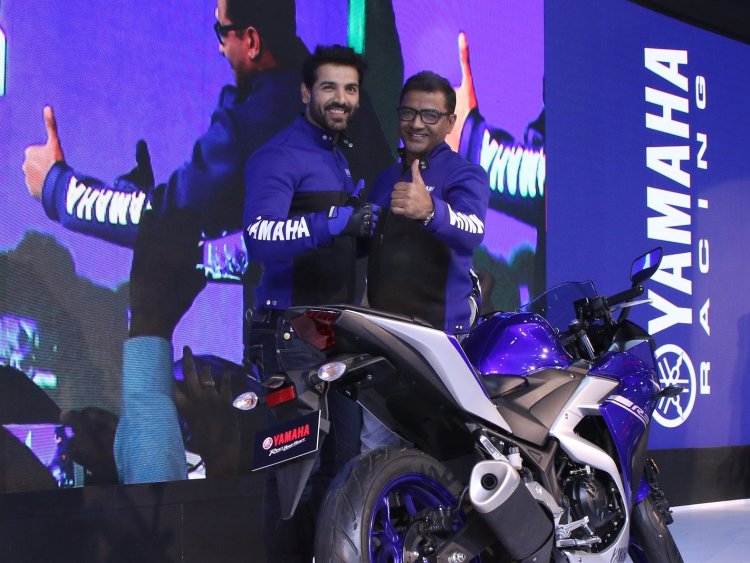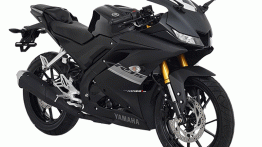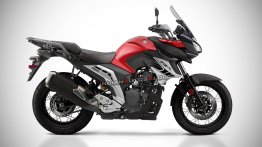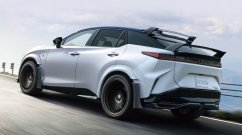In another high profile exit from two-wheeler brands, India Yamaha Motor's Vice President of marketing and sales, Roy Kurian has resigned 15 years after joining the company. He has resigned from his post with immediate effect. India Yamaha Motor is yet to announce the successor for Kurian. In the interim period, Ravinder Singh, Sr. Vice President, Strategy & Planning at India will take over Kurian’s responsibilities.
Also read: New Yamaha FZ V3.0 v/s FZ-S V3.0 - All differences listed [Video]
Kurian had joined India Yamaha Motor as marketing manager for south India. He was promoted to Zonal Business Head-South before taking over as VP - marketing & sales in January 2011. Kurian has not revealed his plans for the future although he aims to take his career in a new direction.
Meanwhile, Yamaha is gearing up to concentrate on the premium motorcycle segment and slowly divert away from the mass-market. In an interview dated November 2018, India Yamaha Motor’s newly appointed Chairman, Motofumi Shitara had confirmed that the company will shift to the deluxe and premium segments (150cc and above).
In line with that strategy, Yamaha recently announced the launch of the new FZ and FZ-S V3.0 ABS in the Indian market. The company will also introduce the MT-15 in India very soon. A teaser and specifications of the India-spec Yamaha MT-15 were revealed last month. The naked roadster variant of the YZF-R15 V3.0 will compete against the KTM 125 Duke and the 200 Duke in the Indian market. IAB’s interaction with dealerships revealed that the motorcycle could arrive near the INR 1.70 lakh (on-road) price range.
India Yamaha Motor's range of premium products would be extended with the launch of the 2019 YZF-R3. Speaking to IAB on the sidelines of the FZ and FZ-S V3.0 India launch, Ravinder Singh said that the company would make a right balance and then introduce new products in the Indian market.

Also read: Bluetooth integrated instrument console for Yamaha bikes still in R&D
The Yamaha YZF-R3’s direct rival, the Kawasaki Ninja 300, has been heavily localised that resulted in a massive drop in the price of the motorcycle. The spares for the Ninja 300 also witnessed a reduction in prices post heavy localisation that has brought down the maintenance cost by a substantial margin. Could we see a similar strategy for the 2019 YZF-R3? It would not be entirely incorrect to expect that, as the cost-conscious Indian market desires more value for money products.























